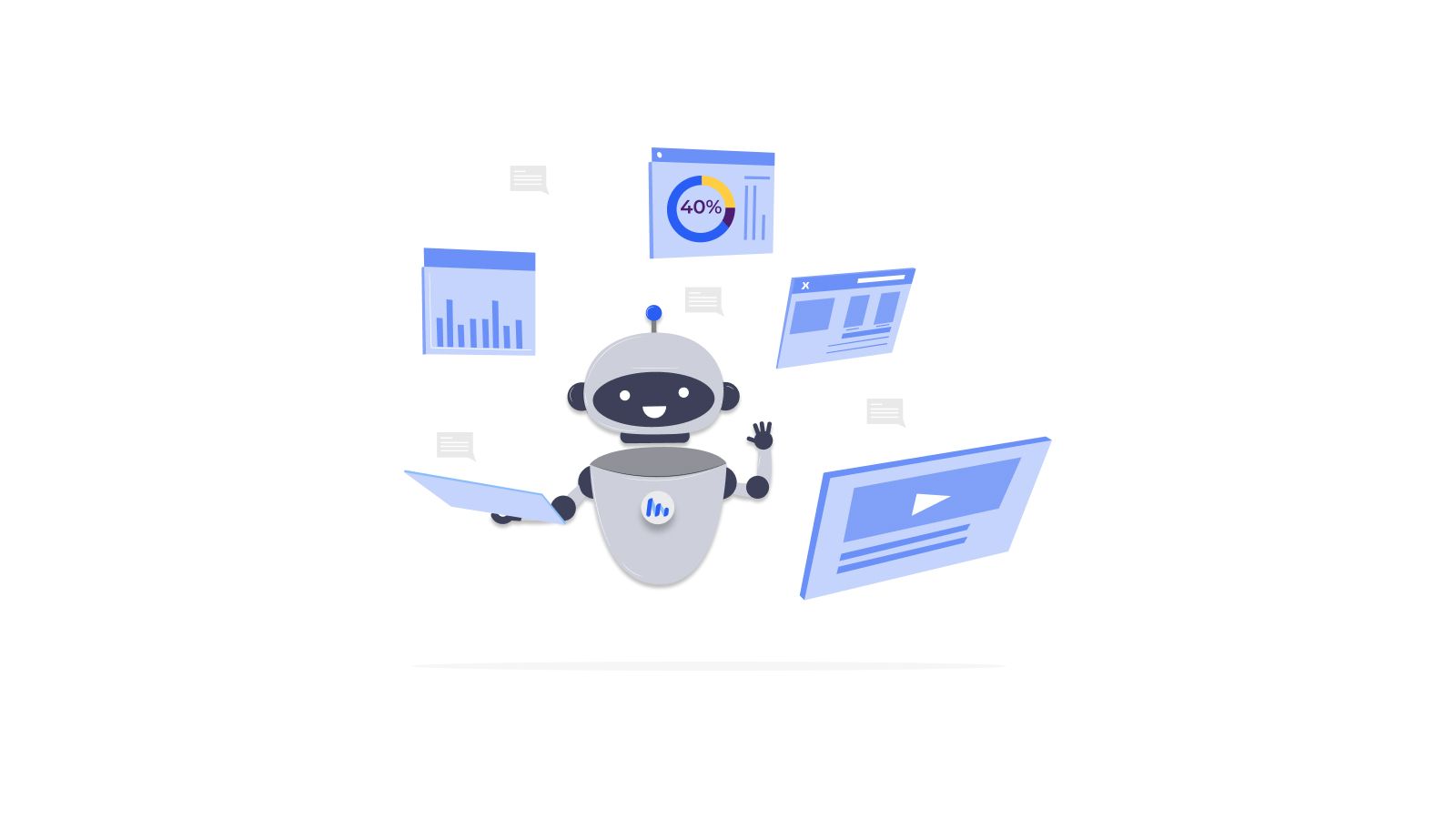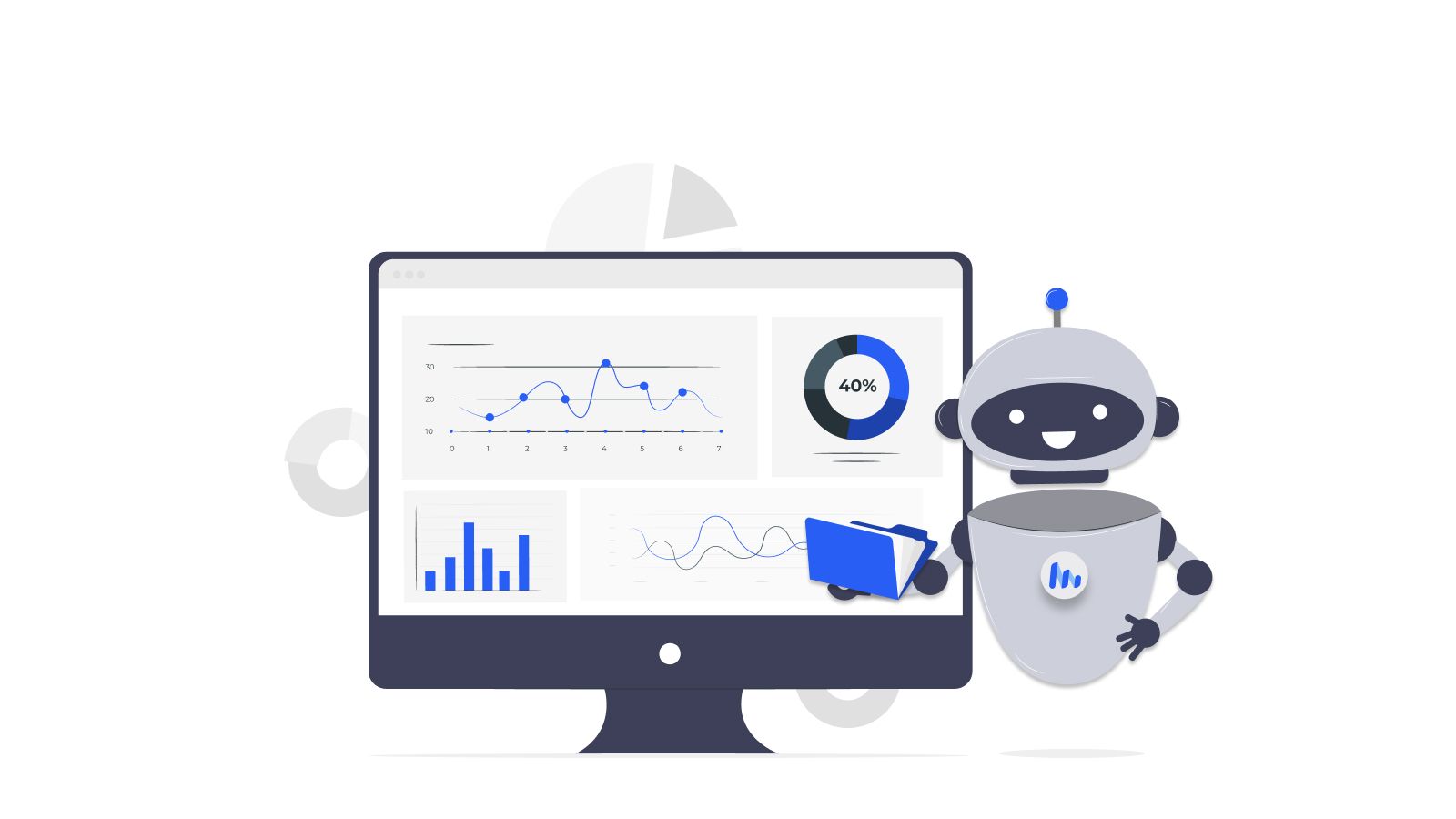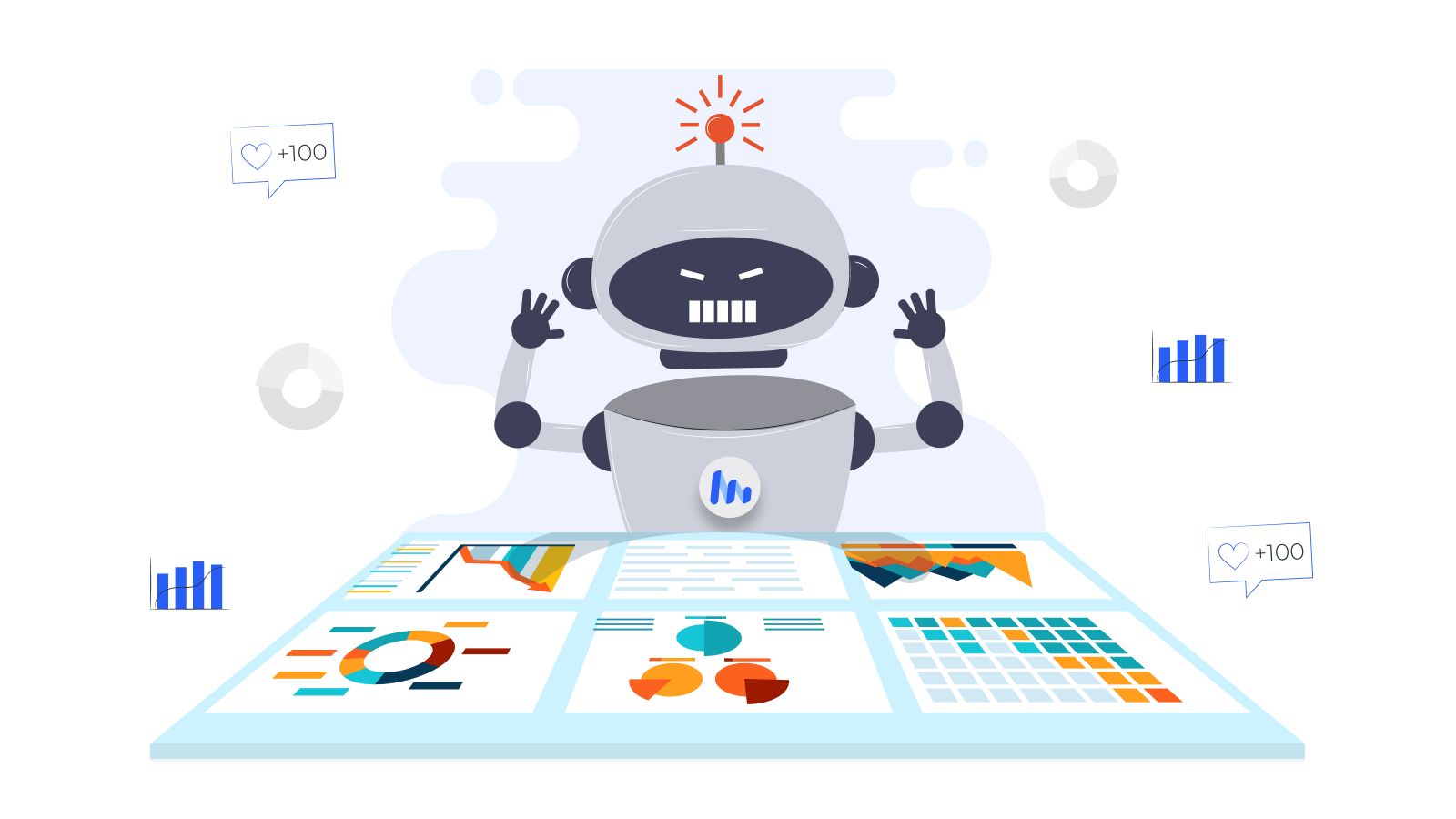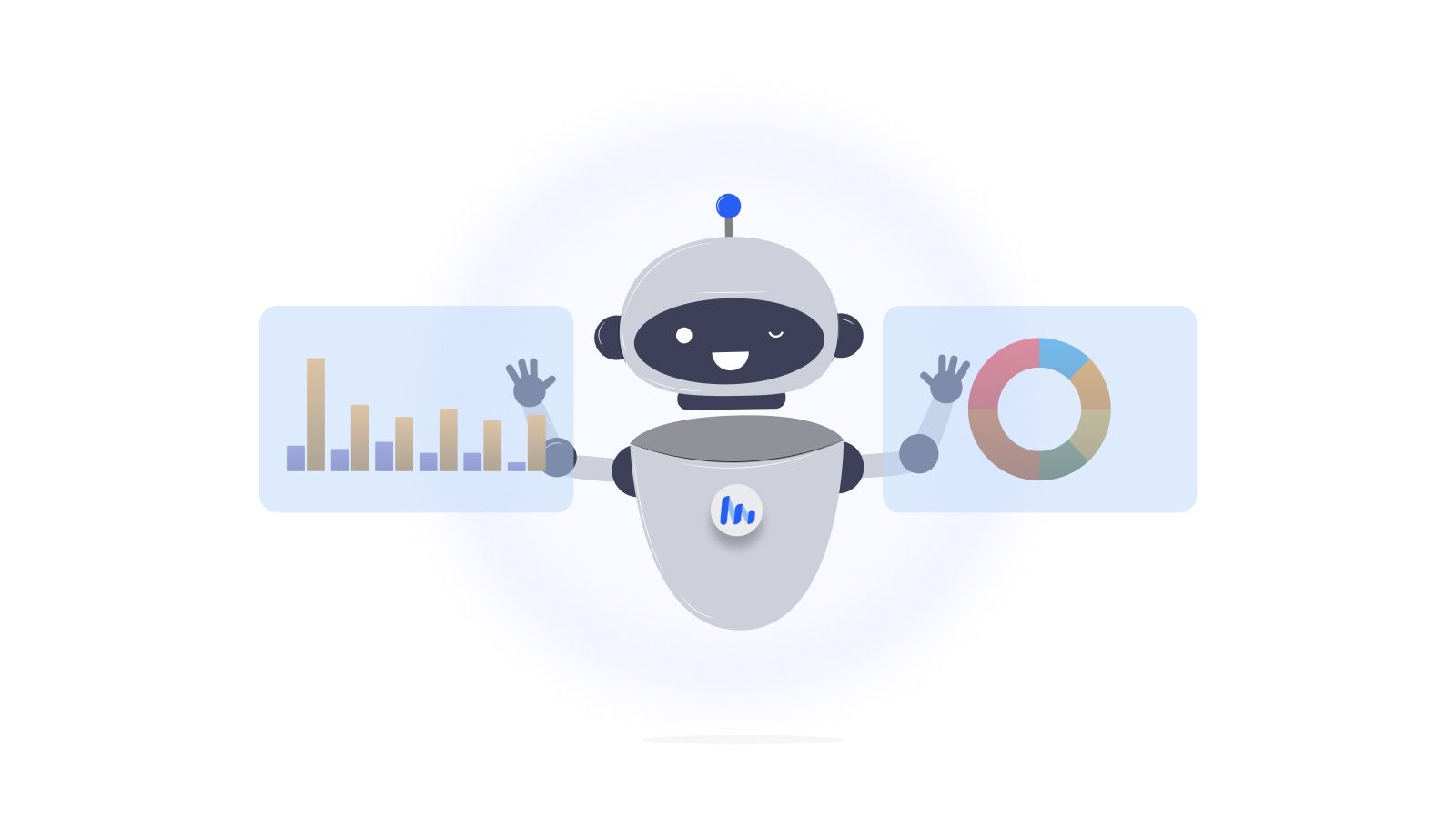How to Get AI-Ready in Data Analytics: A Strategic Guide for IT Managers and Business Leaders
Getting AI-ready in data analytics is essential for staying competitive. From infrastructure readiness to choosing the right AI tools, here’s how IT managers and business leaders can prepare.


Rupesh Raj
2024-12-06
Artificial Intelligence (AI) is no longer a distant concept for tomorrow—it’s already here, reshaping industries and transforming how businesses operate. But while AI is buzzing all around us, one critical question remains for IT managers and business leaders: Are we AI-ready in data analytics? Being AI-ready doesn’t just mean adopting the latest tools or following trends. It’s about ensuring your organization can fully leverage AI’s power, transforming data into insights and insights into action. The companies that will thrive in the next decade are the ones that start preparing now, making sure that when AI takes center stage, they’re already ahead of the curve.
So how do you get there?
Why AI-Readiness Matters More Than Ever
We’re living in an era where the speed of business decisions has accelerated beyond what traditional data analysis can handle. AI can turn your vast data lakes into actionable intelligence, providing real-time insights, automating mundane tasks, and allowing your teams to focus on what truly matters—innovation and strategy.
But here’s the catch: AI is only as powerful as the foundation you build for it. Companies that don’t prepare properly may find themselves frustrated by half-baked implementations that fail to deliver real value. Worse, they might lose out to competitors who have embraced the potential of AI and data analytics.
That’s why AI-readiness is more than a buzzword—it’s a business imperative. And getting AI-ready requires a clear, strategic approach that touches every corner of your organization.
Step 1: Building an AI-Ready Infrastructure
Before you can truly benefit from AI, you need the right infrastructure. AI doesn’t work in a vacuum—it thrives in an environment that supports high-volume data processing, scalability, and seamless integration.
Why it’s critical:
AI algorithms are hungry. They need vast amounts of data and powerful computational resources to generate insights. If your infrastructure can’t handle the load, you won’t get the results you’re expecting. Worse, you could end up slowing your teams down and wasting valuable resources.
What to consider:
- Scalable Cloud Solutions: On-premise systems struggle to meet AI’s growing demands. Cloud-based infrastructure is flexible, scalable, and essential for businesses that want to adapt quickly as AI capabilities evolve.
- Data Integration: Is your data stored in silos across different departments? Fragmented data systems lead to incomplete or inaccurate insights. Integrated data platforms ensure AI can access all the information it needs to provide comprehensive analyses.
- High-Performance Computing (HPC): AI requires significant computing power, especially for advanced models like deep learning. Investing in HPC—either in-house or via cloud services—allows you to process complex data in real-time without bottlenecks.
By addressing these infrastructure needs, you’re laying the foundation for success, positioning your business to scale with AI technologies as they evolve.
Step 2: Upskilling Your Workforce: The New AI Skillset
The biggest mistake organizations make is assuming AI will replace human jobs. In reality, AI will augment and amplify the capabilities of your workforce—if they’re prepared to work alongside it. The role of your team will shift from manually processing data to interpreting AI-driven insights and making strategic decisions based on them.
Why it’s critical:
AI won’t magically fix broken processes or deliver instant value on its own. It requires skilled professionals who can guide, interpret, and fine-tune these technologies. From your IT department to your business analysts, everyone needs to understand AI’s potential—and how to wield it effectively.
What to consider:
- AI Literacy Across Teams: Everyone, from senior leadership to IT staff, needs to understand the basics of AI. What does it do? How does it work? What are its limitations? AI literacy is crucial to ensure your organization is aligned and able to maximize its use.
- Specialized AI Roles: While it’s important for your whole team to grasp AI’s basics, you’ll need experts to lead the charge. Hiring or upskilling for roles like data scientists, machine learning engineers, and AI strategists is key to building internal expertise.
- AI Training Programs: Invest in continuous learning. Online platforms like Coursera or Udacity offer accessible AI courses tailored for business professionals. On-the-job training can also help upskill your workforce in using AI tools and frameworks specific to your industry.
Organizations that successfully upskill their workforce will unlock AI’s true value—not just through automation but through smarter, data-driven decision-making.
Step 3: Choosing the Right AI Tools: From Insight to Action
Choosing AI tools can feel like navigating a maze. The landscape is flooded with options—from general-purpose AI platforms to highly specialized tools that focus on specific types of data analytics. So, how do you make the right choice?
Why it’s critical:
The wrong tool can cost you time, money, and trust within your organization. A tool that’s too complex can slow down your teams. One that’s too basic might not be powerful enough to drive real results. Selecting the right AI tools is about matching technology to your business needs, ensuring you’re not just keeping up, but staying ahead.
What to consider:
- Business-First, Tech-Second: Don’t get distracted by flashy AI features. Start with a clear understanding of your business problems—whether it’s predictive analytics for customer behavior, real-time fraud detection, or process automation. Then, find tools that align with those goals.
- Scalability & Integration: The right AI tool should fit seamlessly into your existing infrastructure. It should also be scalable, capable of growing as your data grows. Look for platforms like Google AI, Microsoft Azure, or IBM Watson that are designed to integrate easily with cloud systems and databases you already use.
- Ease of Use vs. Depth of Insight: No-code or low-code AI tools have made it easier for non-technical teams to harness AI’s power. However, if your needs are more advanced, don’t shy away from tools that offer deeper functionality—even if they come with a steeper learning curve. The long-term benefits will outweigh the initial learning costs.
By aligning your tool choices with your organization’s specific needs, you’ll position yourself to get maximum value from AI analytics—turning data into a strategic asset that drives results.
Preparing for the AI-Driven Future of Data Analytics
AI is more than a technological trend—it’s a transformative force that’s reshaping the business landscape. For IT managers and business leaders, the question isn’t whether to embrace AI, but how soon they can get their organizations AI-ready.
By focusing on building a robust infrastructure, upskilling your workforce, and choosing the right AI tools, you’ll not only keep up with the AI revolution—you’ll lead it. Those who start now, who invest in the foundations of AI-readiness, will be the ones setting the pace in their industries tomorrow.
Don’t wait for the future of data analytics—start shaping it today.
Interested in taking your AI-readiness to the next level? [Visit our website] to explore solutions that can prepare your business for the AI-driven future.
Related posts
Looking for a marketing purpose analytics tool?
Click HereNewsletter
Website owned by : KAIROS LABS PRIVATE LIMITED, Tonk Phatak Jaipur - 302015, Rajasthan
All Rights Reserved
Email : Support@llmate.ai




